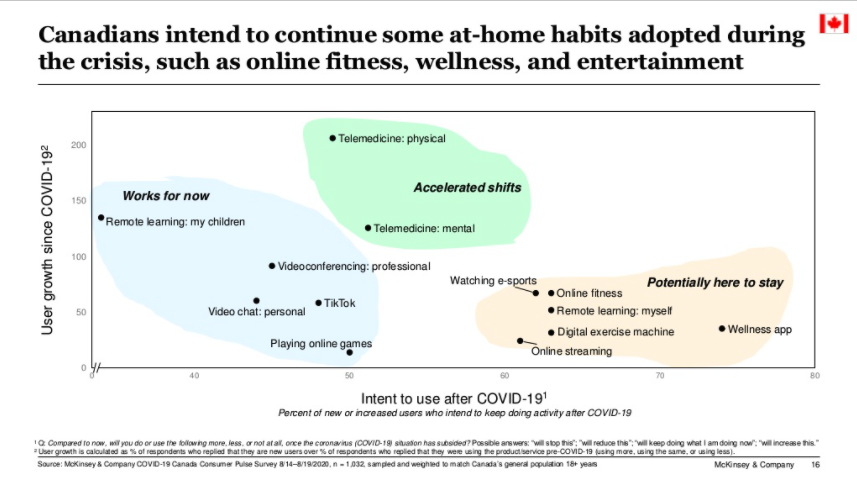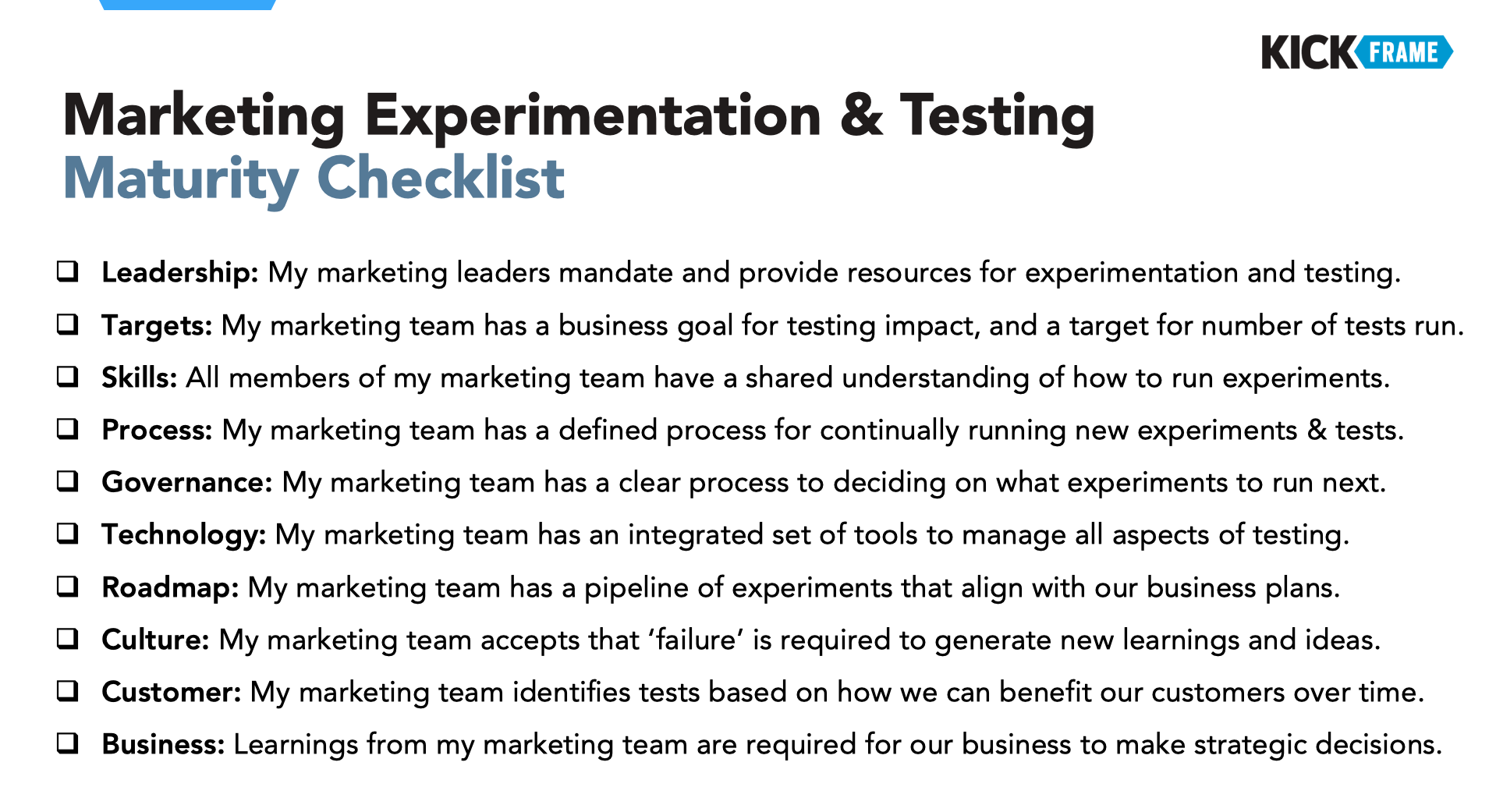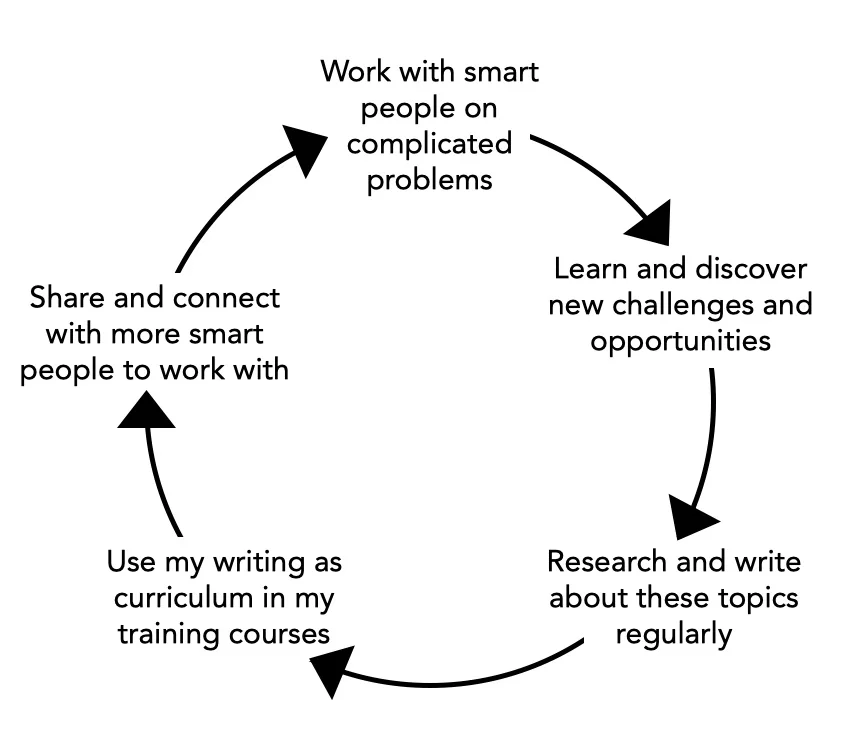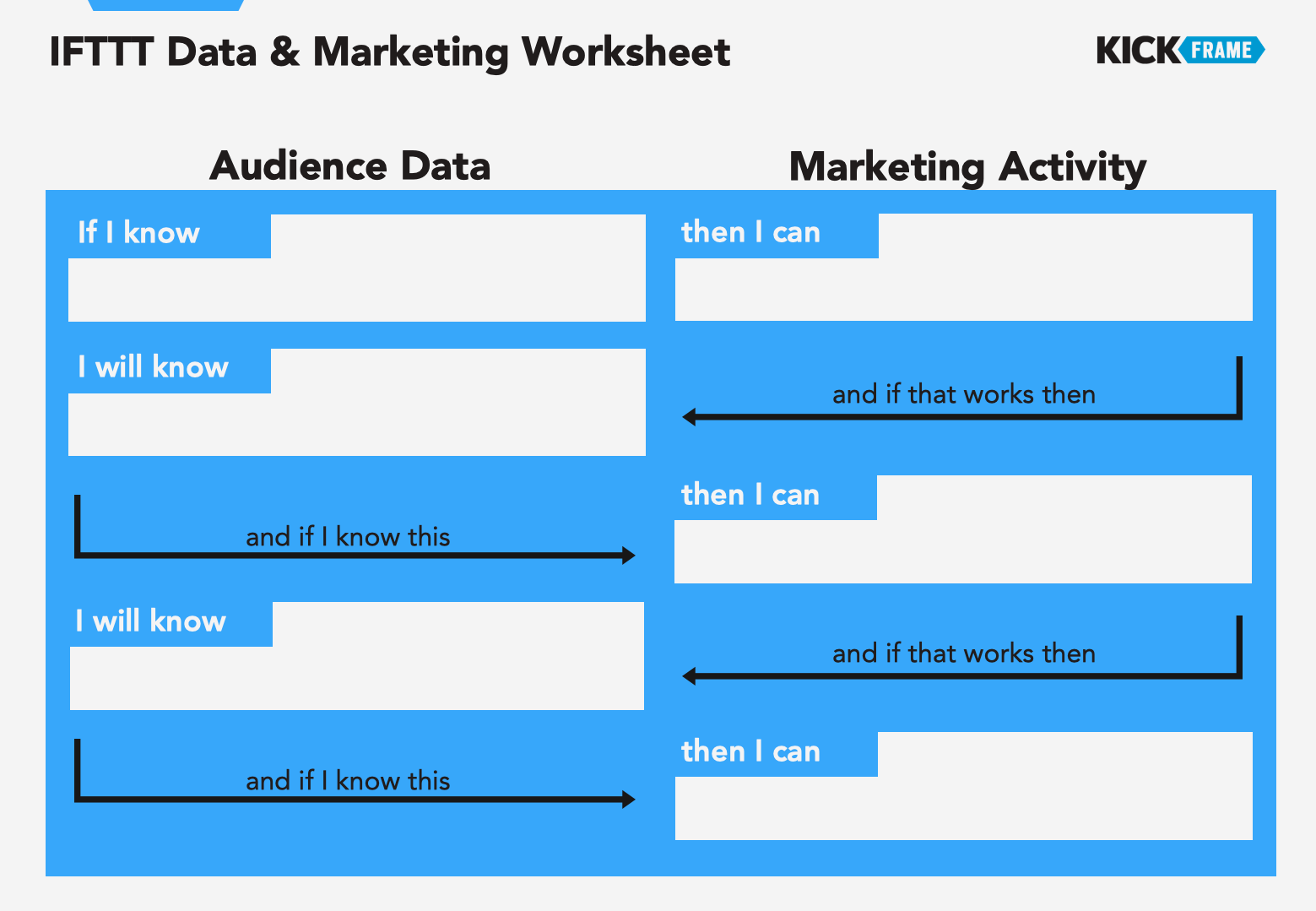What should a marketing department look like in 2018? This is a question that I have in some shape or form been helping clients answer over the last few years. It is a question that arises due to a number of overlapping internal and external factors facing marketers today:
Digital Marketing: the need work more effectively with technical tools and teams that enable marketing activities
Omni-Channel Strategy: the need to orchestrate a number of offline and (increasingly) online channels together
Agile Processes: the need to find ways of working that are more responsive, efficient, and ‘always-on’
In-House Models: the need to re-examine the mix of responsibilities to be taken in-house vs. outsourced
Data Science: the need to build greater competency in data science, for insight and accountability
Corporate Strategy: the need to better align marketing to support larger organization-wide strategic initiatives
Many organizations are tackling these needs through large change management initiatives under the banner of Digital Transformation. Marketing plays a large role within these programs, with a focus on how the marketing department itself needs to modernize. My role within these programs typically involves a blend of digital strategy training and organizational consulting. I love this type of work as it allows me to get into the weeds with a marketing team and see first-hand the positive, tangible impact that marketing modernization programs can produce. I recently completed such an assignment with a company (and team) that I admire greatly – Lee Valley. This is a retailer that has a long history of modernization through new products, categories, markets, services, and channels. While I cannot divulge any of the specifics from my work with Lee Valley, I can share 10 general lessons from my experience working with organizations that have successfully modernized their marketing departments:
1. Demonstrate a burning business platform (not just a marketing one)
Make sure that your marketing team understands the underlying business drivers for change and why the status quo is not viable. These drivers should relate to changes in customer behaviour, competitive actions, or other significant business realities – not marketing trends. Communicate these in a clear, specific, and relatable way. For example, illustrate how your customers have traditionally engaged with your business / brand and how they do so now – dramatizing the gap to be closed.
2. Clearly state the outcomes that you need to achieve
Invest the time upfront to identify and quantify the outcomes that any changes to your marketing department need to produce to be successful. These outcomes should be used to drive all of your decisions around changes to people, processes, and tools. Communicate these outcomes openly throughout the organization, with performance targets to hold the program accountable. For example, one of my clients stated an innovation goal of “15% of our marketing budget will be used on tactics we have never tried before”. Be specific—stating the goal of “Becoming More Digital” is not good enough.
3. Ensure executives show their support and alignment with the big picture
Marketing leaders who are modernizing their departments need the support of their executive teams, and members of the marketing department need to see evidence of this support. For example, I have found that having an Executive Sponsor introduce and conclude an in-house training program to be a simple and effective way to demonstrate this. It provides the program with greater credibility, and it allows the marketing department to understand how changes in marketing are required to support what the larger organization is driving towards.
4. Make sure that everyone understands what ‘good’ looks like
If your marketing department is modernizing, what does modern marketing actually look like for your business or brand? While you may have goals for your overall modernization program and performance targets for your campaigns, it is helpful to have a shared understanding of how your marketing programs should generally look going forward (and how that is different from today). More content? More direct? More testing? One exercise that I have found helpful in workshops is a Show & Tell—encourage marketers to share out-of-category examples that inspire them. Make time to discuss what can be applied to your future marketing programs, and keep the conversation going.
5. Get real, and show how everyone will play their own part
If you are asking members of your marketing department to change what they do and how they do it, make sure you do your homework. Everyone will be processing these changes through their own personal prism of ‘what does this mean for me?’ You owe everyone clear and specific answers to how these changes will affect and benefit them (including becoming more marketable outside of your organization). Invest the time in working through revised job descriptions, process flows, RASCI charts, and other necessary documentation. Make it personal.
6. Put skin in the game, and invest in training and support
The surest way for a marketing modernization program to fail is to not invest in external training and support for the people actually changing what they do and how they work. It is like telling a plant to grow without providing water or sunlight. Bring in the right mix of subject matter experts to partner with. Demonstrate your commitment by openly sharing the investment that your organization is spending (time and money) to ensure that the change is successful. Work with HR to make successful completion of training mandatory.
7. Attack silos and counterproductive patterns of behaviour that exist today
Marketing departments are modernizing in part by embracing agile principles like prioritizing frequent face-to-face communication across multiple disciplines. This runs counter to traditional waterfall processes that connect separate departments. Training can help address this challenge by focusing on those moments in your new process where things will most likely break down. Design group exercises and create job transfer tools that demonstrate these new patterns of behaviour. Symbols also work. For example, a client that leads Digital within a large agency recently gave up his office and works in different physical places throughout the building every day to demonstrate the importance of fluid collaboration.
8. Spark productive conversations and enlist multiple voices
A pillar of any change management program is communication. People not only need to understand why and how things are changing, but also need to be heard. This can be done formally through workshops, message boards, and other feedback loops. In digital training, my clients often like to sit in to see who appears particularly engaged and where support lies (and does not). This can give some insight into where barriers for adoption may exist, and who might be enlisted as ‘informal leaders’ in driving change across the department once training is complete.
9. Admit that you will not ‘nail it’ right out of the gate
Humility goes a long way when modernizing a marketing department. You may (and should!) start with clear goals and a detailed plan but some things will not work and other things will be missed. Let people know that this your expectation upfront, and that they are expected to play an important role in identifying where and how adjustments can be made. From a marketing standpoint, this is where Beta Projects can play a valuable role – to test-drive your hypotheses and socialize learnings. When done well, these Beta Projects can be woven into training programs as group exercises and – even better – demonstrate quick wins for team.
10. Make sure that people understand that modernization is never ‘done’
While marketing modernizations programs may take place over a fixed period of time, it is important that they are viewed in the context of how an organization continues to evolve. Ensure that steps are in place to regularly measure and learn from the impact of the program. Look ahead and schedule training tune-ups and feedback loops to check-in. Lee Valley has been so successful because it does not look at modernization as a project, but a journey that everyone is on together.

























